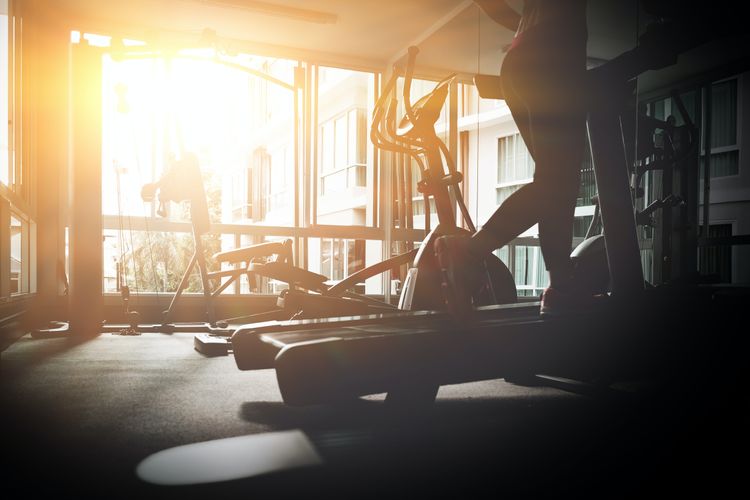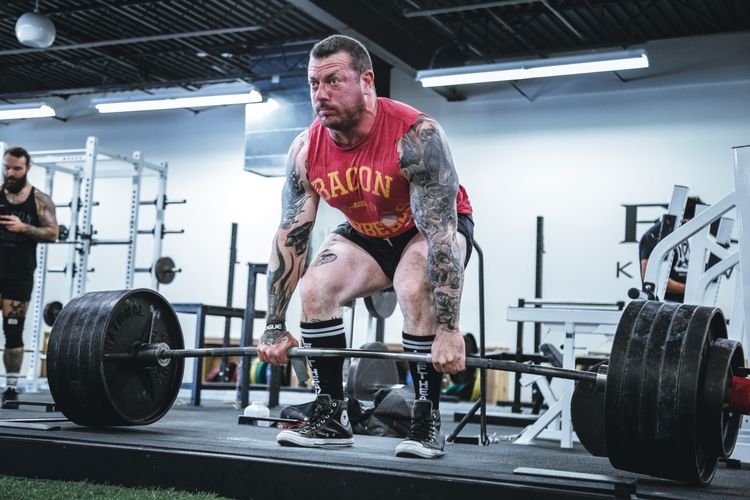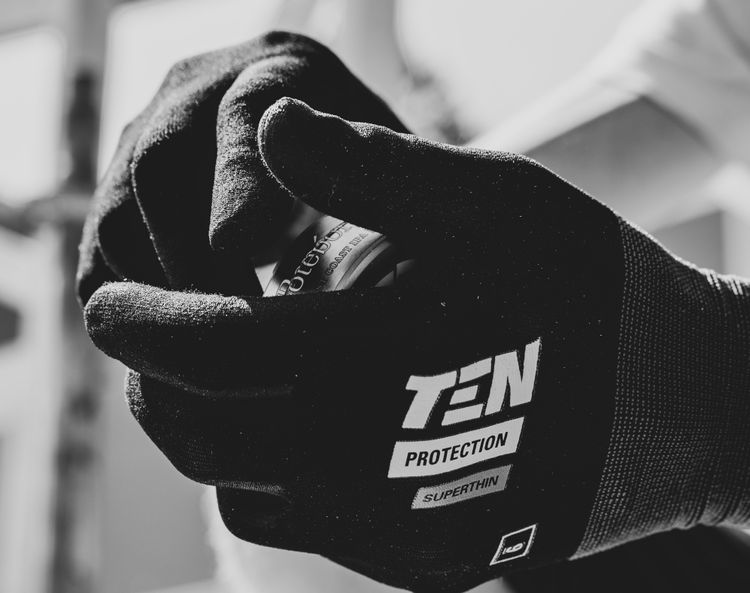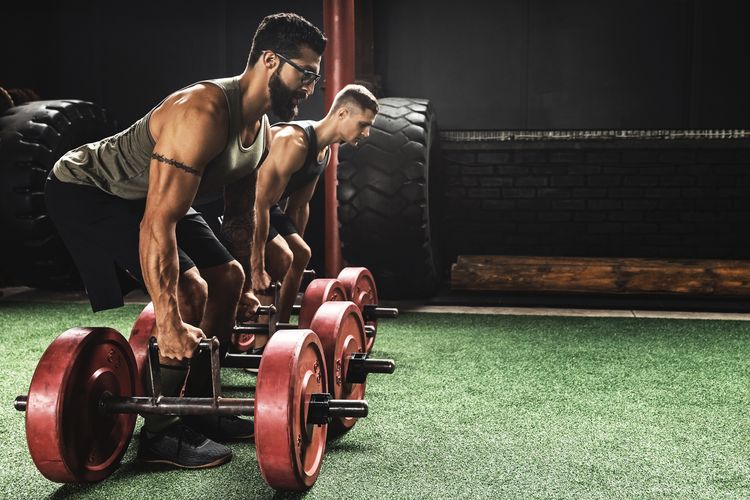The Intricacies of Underbelts in Strongman Training
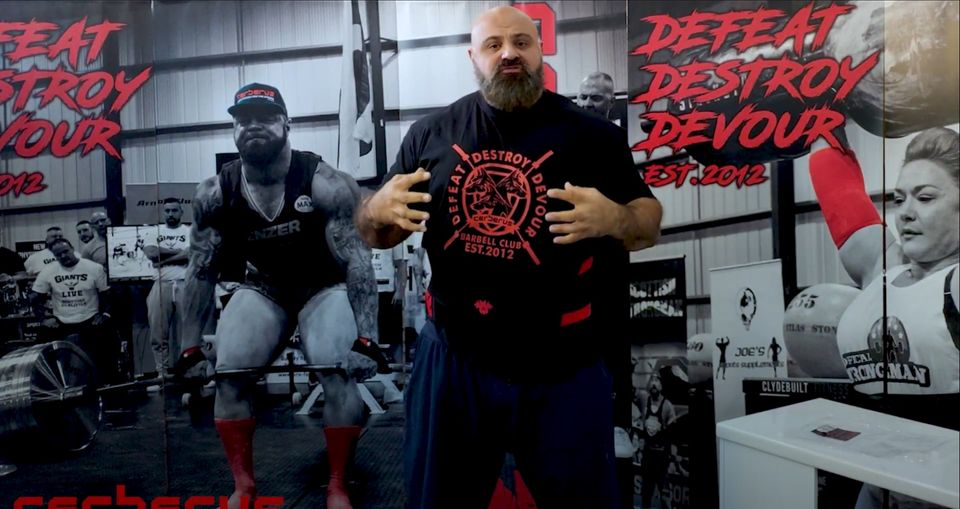
Underbelts have always been a secret weapon in a strongman's arsenal. Like every sport, strongman competitions have their specific gear, and underbelts play a critical role. For amateur enthusiasts, understanding the benefits of using an underbelt is crucial to achieving the physical feats that the sport demands.
Why Use an Underbelt?
In the realm of strongman training, using an underbelt becomes a significant aspect of the training routine. This critical accessory, often made of neoprene, delivers a number of benefits. The primary one being, it provides a valuable layer of back support, allowing for better form and more efficient lifts.
As I have come to learn, an underbelt effectively distributes the stress across your midsection during a lift. This helps in maintaining a strong, stable core - the foundation of all lifts. Additionally, the extra layer of neoprene serves as a cushion, reducing the pressure exerted on the spine during heavy lifts.
The Strongman Underbelt
You might have seen strongman competitors wearing hefty belts during their lifts. That's the strongman belt. But what lies beneath is often overlooked – the neoprene underbelt.
Interestingly, the underbelt acts as a primer for the lifting belt. It creates a tighter fit, increasing intra-abdominal pressure, and in turn, further stabilizing the core. This is especially beneficial during deadlifts and squats where maintaining a strong core is crucial.
Besides, an underbelt aids in enhancing proprioception. It provides a constant, gentle reminder to maintain form, which can make a significant difference in lift execution and injury prevention.
Choosing the Right Underbelt
Selecting the right under belt can be a bit tricky. Here's what you need to look for:
- Material: Neoprene is a popular choice due to its durability and comfort. Its ability to conform to the body's shape allows for a snug fit, essential for effective support.
- Thickness: The thickness of the underbelt will largely depend on personal comfort and the nature of the lift. Some strongman athletes prefer thicker belts for events that place a lot of stress on the lower back.
- Size: It's important to choose the right size. An underbelt that's too loose won't provide adequate support, and one that's too tight could restrict movement.
- Closure: Look for an underbelt with a reliable closure system. Velcro is often preferred for its adjustability.
Using an Underbelt – Tips and Tricks
Just wearing an underbelt isn’t enough. There are a few guidelines you need to follow to ensure that you’re getting the most out of this beneficial accessory:
- The underbelt should be positioned around the waist, where it can provide maximum support to the lower back.
- Make sure the underbelt is tight, but not to the point where it restricts your breathing or movement.
Indeed, an underbelt has proven to be an irreplaceable accessory in the toolkit of a strongman competitor. Its benefits extend beyond just comfort, making it an integral part of any serious strongman training regimen. As always, personal preference and comfort should guide your choice of underbelt.

